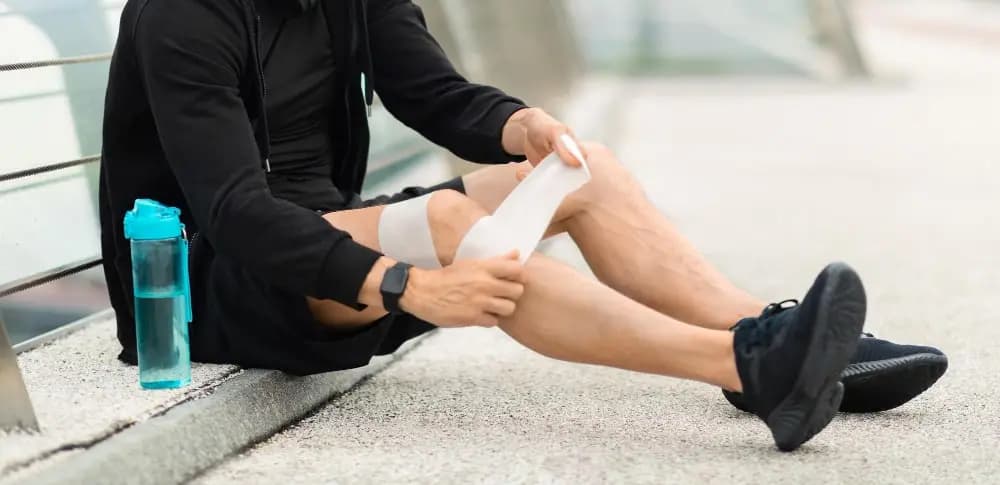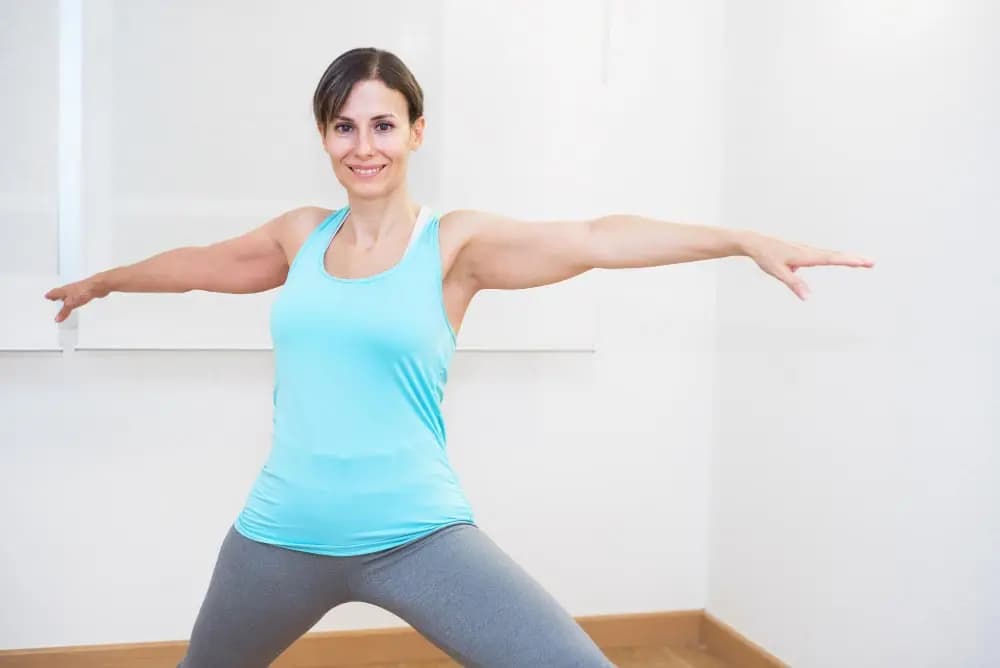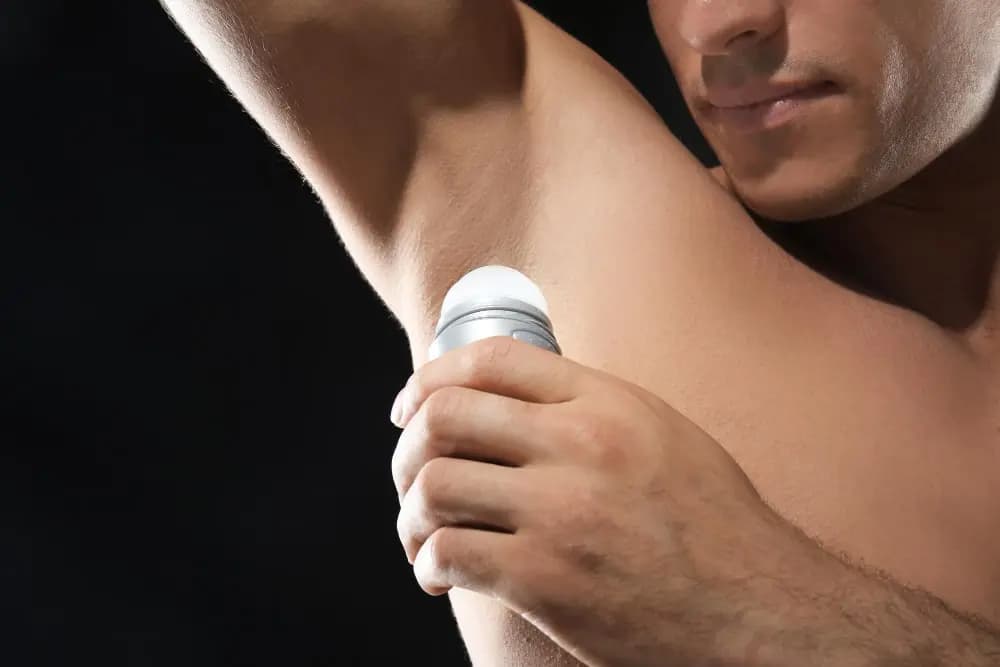How Can I Improve Flexibility and Mobility?

MyFitnessCoach
December 6, 2024
Improving flexibility and mobility is essential for achieving a balanced and functional body, whether you're a fitness enthusiast, an athlete, or just trying to stay active. Enhanced flexibility and mobility can lead to better posture, reduced injury risk, improved performance, and greater ease of movement. Here, we'll explore various ways to improve flexibility and mobility, along with practical tips to incorporate into your routine. By the end, you’ll see how the MyFitnessCoach app can support you on this journey to a more flexible and mobile body.
Why Flexibility and Mobility Matter
A flexible and mobile body can move more easily and withstand physical demands better. Here are some key benefits:
- Reduced Risk of Injury: Improved flexibility and mobility can protect joints and muscles from overstraining and tearing during physical activities.
- Enhanced Performance: Greater mobility enables better movement patterns, which can improve your performance in sports or daily activities.
- Better Posture: Poor flexibility can contribute to imbalances and postural issues, but regular flexibility training can help maintain a healthy posture.
- Increased Range of Motion: By working on flexibility and mobility, you increase your joints’ range of motion, making everyday tasks easier.
With these benefits in mind, here’s a look at proven methods to improve flexibility and mobility.
1. Stretch Regularly
Stretching is one of the simplest yet most effective ways to improve flexibility. There are several types of stretching:
- Static Stretching: Holding a position for 15-30 seconds to lengthen the muscle. This type of stretching is best done after a workout when your muscles are warm.
- Dynamic Stretching: Involves moving parts of your body through a full range of motion. Dynamic stretches are ideal before a workout as they help increase blood flow and warm up your muscles.
- PNF Stretching (Proprioceptive Neuromuscular Facilitation): This advanced form of stretching combines contraction and relaxation of the muscles. It’s often used in physical therapy and is known to be highly effective for increasing flexibility.
To get the best results, incorporate all three types of stretching into your weekly routine.
2. Focus on Mobility Exercises
Mobility exercises are about improving your range of motion and control, which can involve dynamic movements that enhance both strength and flexibility. Here are some great mobility exercises:
- Hip Circles: Stand on one leg and draw circles with the lifted leg. This warms up your hip joint and promotes mobility.
- Ankle Mobility Drills: Use exercises like ankle circles or flexing and pointing to loosen up your ankles, which are crucial for balance.
- Thoracic Spine Rotations: While on all fours, rotate your upper back to improve mobility in your spine.
- Shoulder Dislocates: Use a band or stick to perform shoulder rotations. This exercise increases shoulder flexibility and helps prevent tightness.
Incorporating these exercises before and after workouts will prepare your body to move more fluidly and safely.
3. Incorporate Foam Rolling
Foam rolling, or self-myofascial release, is a great way to relieve muscle tension, improve circulation, and increase flexibility. Rolling out areas like your hamstrings, quads, and back can help loosen tight muscles.
Foam rolling before a workout can also help activate muscles and improve mobility. Start by rolling each muscle group for about 30 seconds to 1 minute, focusing on areas that feel particularly tight.
4. Try Yoga or Pilates
Yoga and Pilates are both excellent practices to improve flexibility and mobility. They emphasize controlled movements, breathing, and balance, which can aid in both flexibility and core strength.
- Yoga: With a variety of poses aimed at lengthening and strengthening muscles, yoga can help you achieve better flexibility and joint stability.
- Pilates: Pilates focuses on core strength and muscle balance. Many Pilates exercises work on small, stabilizing muscles, which are key for functional mobility.
Including yoga or Pilates, at least once a week can bring substantial improvements to your flexibility and movement patterns.
5. Add Resistance Training
Resistance training isn’t just for building strength—it can also contribute to flexibility and mobility. As you move through a full range of motion during strength exercises, you improve flexibility and maintain the elasticity of your muscles.
- Full-Range Squats: Doing squats through their full range can improve flexibility in your hips, knees, and ankles.
- Lunges: Incorporate lunges to stretch your hip flexors, quadriceps, and calves, enhancing lower-body flexibility.
- Overhead Press: This exercise increases shoulder mobility and promotes better posture.
When practicing resistance training, always use a full range of motion to maximize flexibility and joint mobility benefits.
6. Make Consistency a Priority
As with any fitness goal, improving flexibility and mobility requires consistency. Doing 5 to 10 minutes of stretching or mobility work daily can lead to noticeable improvements. Aim to stretch key muscle groups—such as the hamstrings, hips, and shoulders—at least three times per week.
A gradual, consistent approach will yield better results than occasional long sessions. Track your progress, and don’t get discouraged if changes are slow. With time, your body will adapt, and you’ll enjoy a greater range of motion and reduced muscle tightness.
7. Warm Up and Cool Down Properly
Proper warm-up and cool-down routines help prepare your muscles for activity and assist with recovery. For your warm-up, dynamic stretching is key, as it helps loosen muscles and joints. After exercising, focus on static stretching, which helps muscles relax and return to their normal length.
A solid warm-up can also help reduce stiffness, making it easier to move and exercise comfortably.
Why You Should Try MyFitnessCoach for Flexibility and Mobility
Improving flexibility and mobility takes time, knowledge, and the right guidance. This is where the MyFitnessCoach app can be a game-changer. Designed with a variety of HIIT, strength, flexibility, and mobility workouts, MyFitnessCoach provides structured routines that you can easily follow and adjust based on your goals.
Whether you're just starting on your flexibility journey or you're an experienced fitness enthusiast, MyFitnessCoach offers:
- Personalized Workouts: Tailored flexibility and mobility routines that adapt to your current level and goals.
- Progress Tracking: Track your progress with easy-to-read metrics, helping you stay motivated and focused on improvements.
- Dynamic Workouts: A mix of dynamic and static stretches, foam rolling routines, and mobility exercises to keep you engaged and consistently challenged.
- Expert Tips: Access to guided videos and tips from fitness experts, so you can be sure you're performing exercises correctly.

Download the app now and start your journey to improve your strength and mobility.
Similar Articles
Stay informed with these similar articles.

MyFitnessCoach
May 9, 2025
What Sweaty Kneecaps Means and 5 Tips to Prevent It?
Ever noticed your knees getting sweaty for no reason? You’re not alone. Sweaty kneecaps might seem odd, but they’re more common than you think.

MyFitnessCoach
March 6, 2025
Arm Swing Exercise: Effective Way to Boost Your Fitness
When it comes to fitness, we often think of intense workouts, heavy lifting, or long runs. But what if I told you that a simple exercise like arm swings could be just as effective in improving your overall fitness? Arm swing exercises are easy to do, require no equipment, and can be done anywhere. Whether you're a beginner or a fitness enthusiast, arm swings can help you improve flexibility, strength, and even cardiovascular health. In this article, we’ll explore the benefits of arm swing exercises, how to do them correctly, and how you can incorporate them into your fitness routine using the MyFitnessCoach app.

MyFitnessCoach
February 24, 2025
Best Deodorant for Athletes: Stay Fresh During Your Workouts
When you're an athlete or someone who loves to stay active, staying fresh and odor-free is a top priority. Whether you're hitting the gym, running a marathon, or sweating it out during a high-intensity workout, the right deodorant can make all the difference. But with so many options available, how do you choose the best deodorant for athletes? In this article, we’ll break down everything you need to know about finding the perfect deodorant to keep you feeling confident and fresh, no matter how intense your workout gets. Plus, we’ll show you how the MyFitnessCoach app can help you stay on top of your fitness game.
